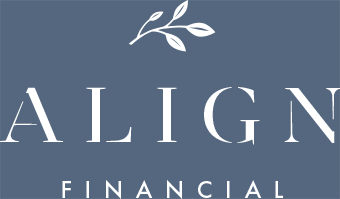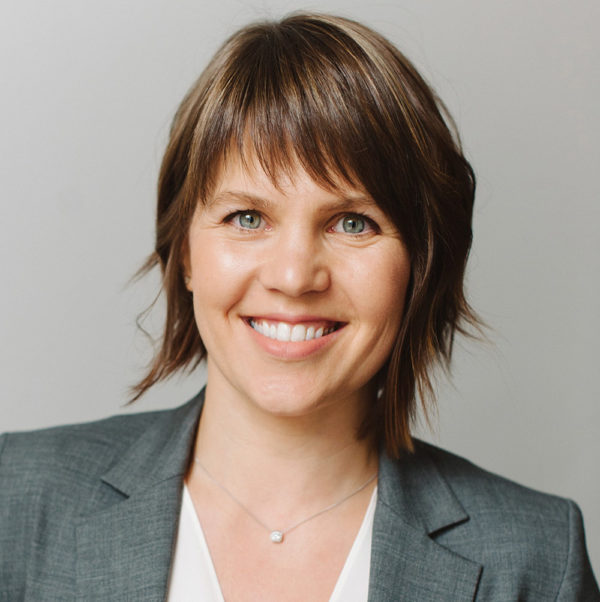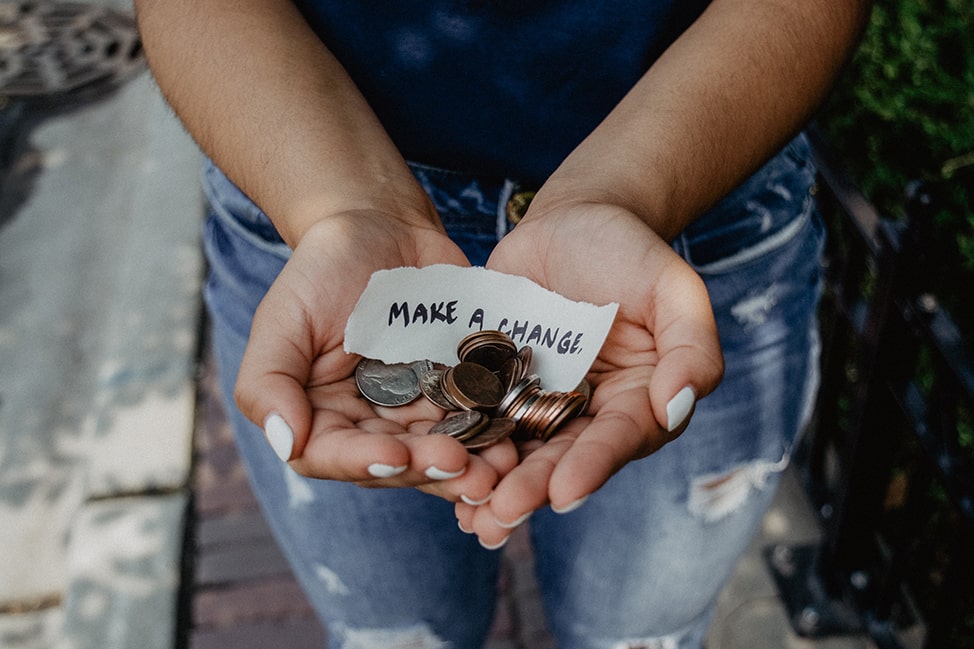Many of us typically think about getting organized in the beginning of the year; that’s why they call it “spring cleaning.” But when it comes to getting financially organized, I find the end of the year is a great time to set yourself up for success in the year ahead.
The truth is it doesn’t matter when you take these steps, so long as you make the effort to get financially organized as soon as possible. And once you do, you’ll find it’s a lot easier to make smart decisions with your money and stay on track towards your financial goals.
As we near year-end, consider taking the following steps to get financial organized once and for all.
Here are seven steps that can help you get financially organized this year:
#1: Plan and Track Your Spending
Many financial experts suggest creating a budget as the first step in getting financially organized. However, if you know you tend to avoid budgeting–and planning your spending sounds worse than a root canal–I recommend starting small.
A good first step is to listen to the I Will Teach You To Be Rich podcast, which gives you a window into how other people make decisions about money.
The next step is to just do a little planning.
For example, plan your trips to the grocery store ahead of time rather than showing up hungry and unprepared. Without a game plan, you’re more likely to make impulsive purchases and overspend. Simply putting a list together in advance not only keeps you focused, but it also helps ensure you only spend what you intend to that day.
If you’re not sure where your spending traps lie, you may find it helpful to download a budgeting app. My go-to is You Need a Budget (YNAB), but other popular tools include Mint, Goodbudget, and EveryDollar. YNAB also has classes that help teach you their philosophy about planning your spending. They are a game changer in helping you think about your finances. I’ve been using YNAB for many years, and it is the key to my sanity around spending.
These apps allow you to connect your bank accounts and credit cards to automatically track your spending, so you can see where your money goes each month. If you tend to overspend in certain categories–for example, dining out too often–and it’s problematic for your finances, you can then make a plan to get your spending under control.
#2: Schedule Reminders to Pay Your Bills On Time
I like to automate as much as possible when creating new habits. Typically, the fewer decisions I need to make, the more likely I am to stick to my goal.
However, not everyone likes to automate their bill payments–especially if money tends to get tight at certain times of the month. If this sounds like you, setting calendar reminders for your bills’ due dates can help you get financially organized.
Start by compiling a list of all your recurring bills–for example, your rent or mortgage payment, car payment, and credit card bills. Then, add them to your preferred calendar app and set the reminders to recur each month. That way you don’t have to rely on email reminders or memory to pay your bills on time.
Another option is to sync your bills’ due dates to the same day each month. Many credit card companies and service providers allow you to choose which day of the month you want your bill to be due. And if paying all of your bills on the same day isn’t realistic, consider splitting them between two dates to keep things simple.
#3: Prioritize and Pay Off Debts
According to Northwestern Mutual, the average American has $23,325 in debt, excluding mortgages. Oftentimes this is high-interest debt from carrying a credit card balance or lingering student loans.
The problem with high-interest debt is that compounding works against you. The longer it takes you to pay off your balance, the exponentially more expensive it becomes. That’s why in order to get financially organized, it’s important to have a debt repayment plan.
But first, you need to know how much debt you have and what it’s costing you. Even though it can be overwhelming to look at these numbers, it’s an essential first step. You can also use an online calculator to estimate how long it will take you to pay off your debt based on your current monthly payments.
Once you’re aware of what you’re dealing with, you can prioritize your debts and start paying them down. Many people use Dave Ramsey’s “snowball method” to pay down debt faster. This strategy has you pay off your debts from smallest balance to largest so that you feel like you’re making progress and build momentum along the way.
Ultimately, the strategy you use isn’t as important as your determination to get out of debt. The faster you can eliminate high-interest debt from your life, the faster you can start making progress towards more productive financial goals, like building a cash reserve and saving for retirement.
#4: Designate Separate Accounts for Different Purposes
One of my favorite personal finance books is Profit First by Mike Michalowicz. Although this book is meant for small business owners, many of its concepts can apply to individual savers and investors as well.
Basically, the profit first approach is a system for ensuring your business always generates a profit–and as the business owner, you see positive changes in your financial accounts.
You can do this by designating separate accounts for different purposes, such as profit, tax payments, and payroll and allocating a percentage of your monthly revenue to each account. That way even if your revenue shrinks, you’re still paying yourself each month via the profit account.
If you’re not a business owner, you can still use a similar system to get financially organized. For example, consider designating separate accounts for your emergency fund, vacation fund, and personal retirement savings. Then determine how much of your income you’ll allocate to each account each month and automate these contributions (see step #5).
By keeping this money separate from your main source of funds, you won’t be as tempted to “rob Peter to pay Paul.” Plus, it’s an easy way to make progress towards various financial goals without having to think about it.
#5: Automate Savings and Investments
As I mentioned previously, I believe automation is key to creating and sustaining good money habits. So to get financially organized, an important step is to automate your savings and investment decisions.
First set your savings targets. How much will you contribute each month to your emergency fund, retirement savings, and other savings and investment accounts?
Once you come up with this amount, set up automatic transfers from your primary checking account to your designated savings accounts. Keep in mind that if you have an employer-sponsored retirement plan like a 401(k) or health savings account (HSA), you can likely withhold your contributions directly from your paycheck.
In addition, make sure new contributions to your retirement plan or HSA are automatically invested in the appropriate funds. In many cases, you have the option of selecting a single asset allocation or target-date fund to make it even easier to invest new money.
Automating these actions each month helps eliminate the stress of repeatedly making responsible money decisions. By taking a set-it-and-forget-it approach, you’re more likely to stick to your goals and not find other uses for the money you save each month.
#6: Organize Important Documents, Account Information, and Online Credentials
To get financially organized, be sure to keep a record of all of the financial accounts, property, and other assets you and your family own. You’ll want to save copies of the corresponding documents so they’re readily available if you need them. (This step will come in handy in the unpleasant event you lose a spouse or partner to divorce, death, or incapacitation.)
In addition, keep track of your login credentials for online access to your bank and credit card accounts, retirement plan, and other investment accounts. This will make it easier to keep track of your finances going forward and stay organized for the long haul.
#7: Work With a Trusted Financial Advisor to Get Financially Organized
Lastly, one of the best ways to get financially organized is to work with a trusted financial advisor like Align Financial. We can help you better understand your current financial situation and develop a plan to reach your near- and long-term financial goals. We can also help hold you accountable so that you make the best possible financial decisions for your future.
If you’d like to speak with a member of our team to see if we may be the right fit for your financial planning needs, please contact us. We’d love to hear from you.













